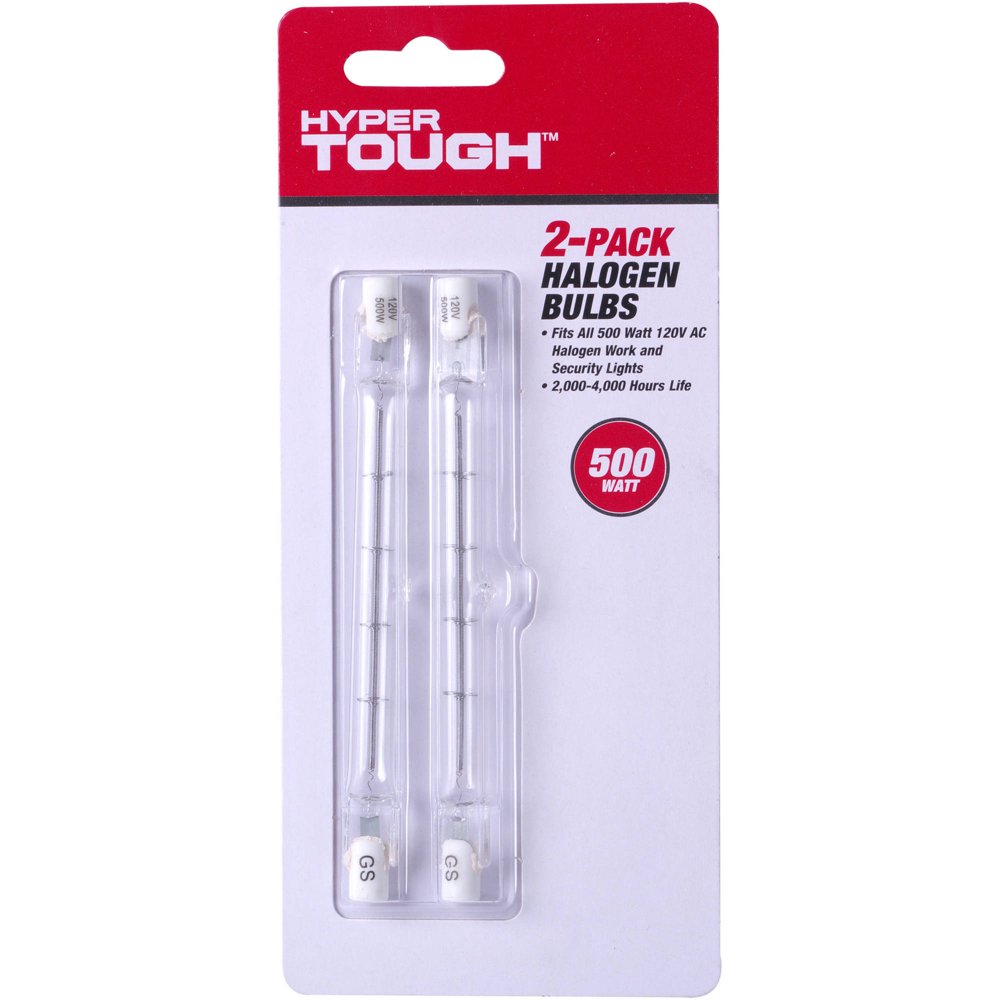Bob McKinna
Junior
- Joined
- Mar 26, 2021
- Messages
- 5
- Reaction score
- 6
I have two incubators that I made to keep juice at the right temperature during primary fermentation. Each one is a plywood box with room for one six-gallon carboy. A light bulb provides heat, a thermostat controls the temperature, a switch lets you test the bulb. I don’t need them anymore. If you, or somebody you know can use them, you can have them. I’m in Connecticut, near Danbury.
























































